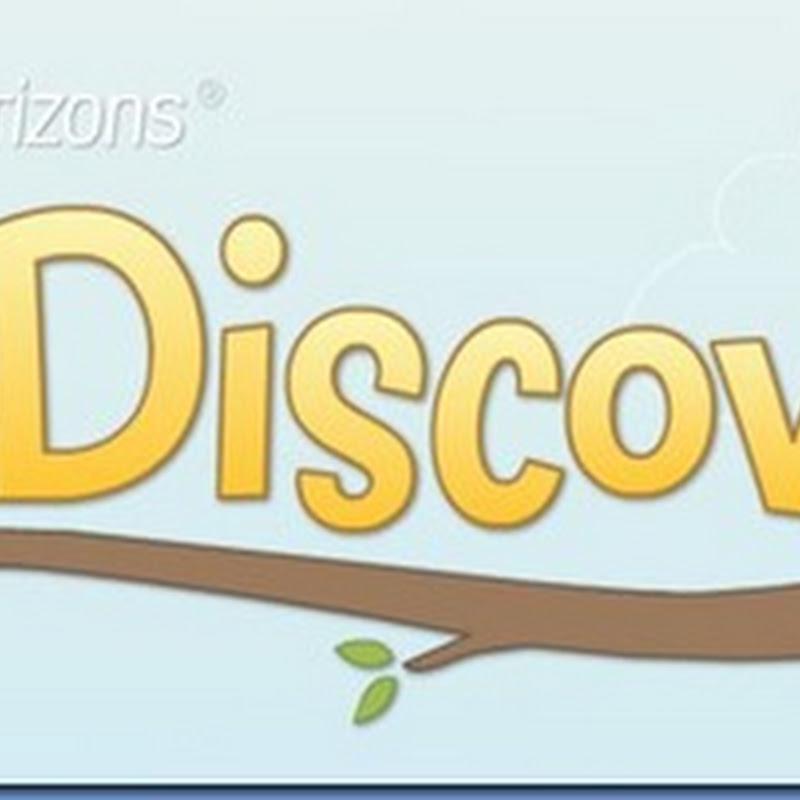 Unit 1: Knowing About Me and My Body
Unit 1: Knowing About Me and My BodyLesson 2: Alike and Different
To begin pull out your Bible (and if your children have them, their study Bibles) and look at Psalm 139: 13-15 paraphrase. Explain and refresh how God gave us life and knew us before we were born.
Go over the definition of unique again.
Preparation/Materials
- Two puppets, flannel-graph figures, or other manipulative. Suggestion: make two sock puppets. Choose socks of different colors and add facial features.
- Plan a practice a puppet dialogue about similarities and differences.
- Students will be able to recognize ways in which people are alike and ways in which each individual is different.
- Students will recognize that God wants all people to serve, thank, and praise Him.
Lesson
1. Review the vocabulary word unique. Then introduce the idea of alike/different with the puppets (names of your choice). Present a short dialogue in which the puppets discuss their similarities and differences.
Begin by telling your students, "we have 2 new puppet friends. Let's find out who they are." Have students ask questions of the puppets, their names, where they live, etc.
Next have the puppets carry on a conversation:
Giraffe: You know, Froggy, the boys and girls want to know who we are and that we're like. I've been thinking...Did you ever notice how much we're alike?
Froggy: Alike! We're not alike!
Giraffe: Sure we are. Take a good look at me. See?
Froggy: No way.
Interrupt the class dialogue and have the Giraffe ask the class to identify ways the puppets are the same. After that sum up the similarities and add any they may have missed.
Continue dialogue:
Froggy: Well okay, you were right. We are alike in some ways.
Giraffe: That's what I told you.
Froggy: In some ways I said. We aren't exactly alike.
Break off dialogue and have Froggy ask the class to identify differences. Then finish the dialogue with Giraffe admitting that Froggy wasn't totally wrong. "So Giraffe and Froggy are the same and different."
Circle Talk: Tell students that God has made us different from each other in specific ways. Recall that God loves each of us the way we are. Note that all poeple are alike in many ways too. Name a few similarities. Lead students to identify one basic similarity ie we all have eyes. God has made us all and wants all of us to thank and love him.
Sing song there's no one exactly like me.
Activity: Making Paper Mache Masks
Materials
- pictures of masks (and actual masks if available)
- craft masks from a teacher supply store
- Paint/brushes/trays
- elastic bands
Show children pictures of masks or sample if you have them. Try to show a wide variety such as African tribal masks and those worn for masquerade parties, Chinese New Year parties etc. Encourage children to talk about masks their similarities and differences.
2) Activity
Let children paint masks using different colors of paints. Ask them their favorite part of the activity and why they chose the colors, design, etc.
Observations
How do children describe their masks? What emotions or fantasies do they express.
Books:
The Big Book of Animal Masks by Angela Holroyd (Simon &Schuster)
The Big Book of Monster Masks by David Antsey (Simon & Schuster)
Masks by Danielle Sensier and Amanda Earl (Thomsom Learning)
































No comments:
Post a Comment